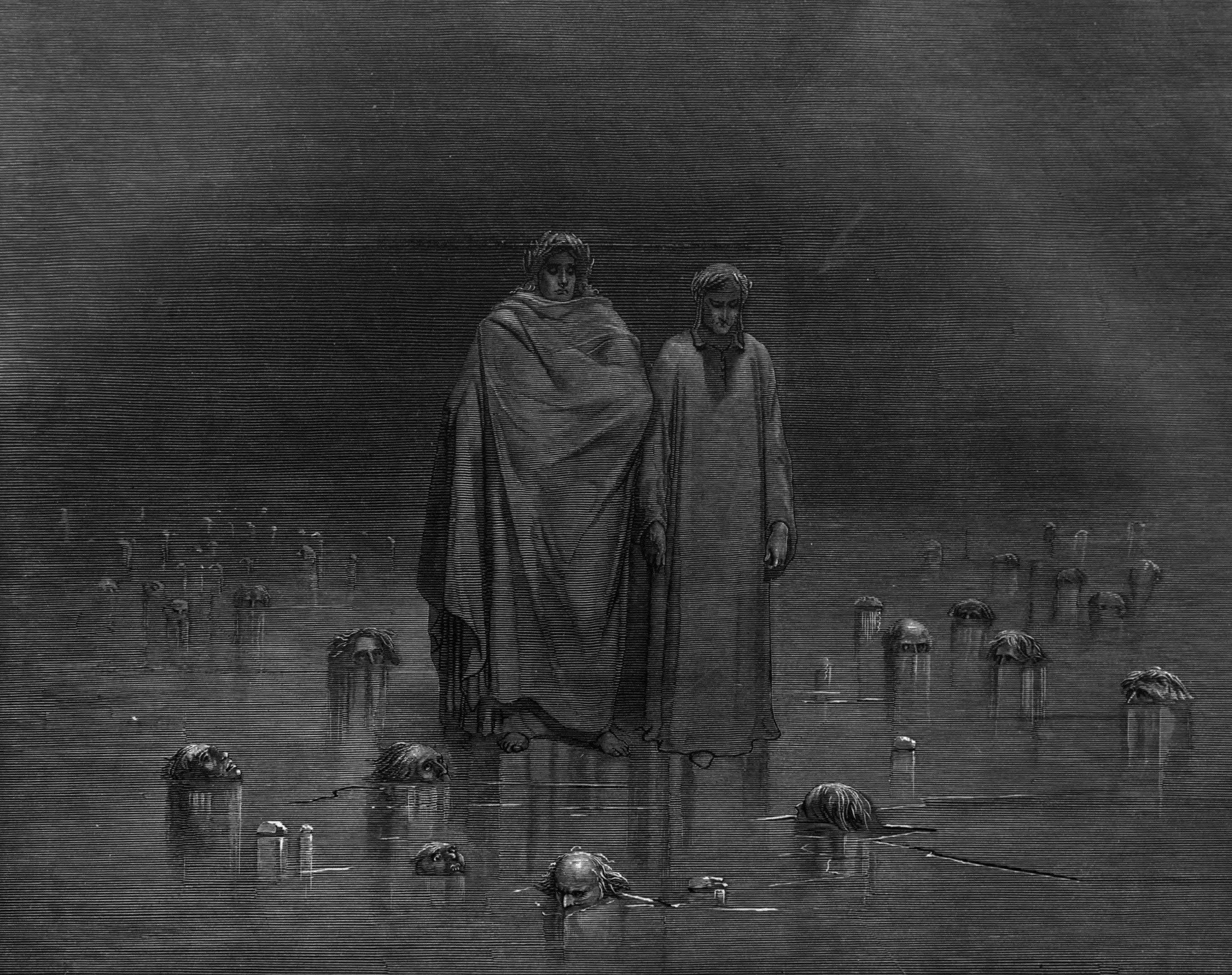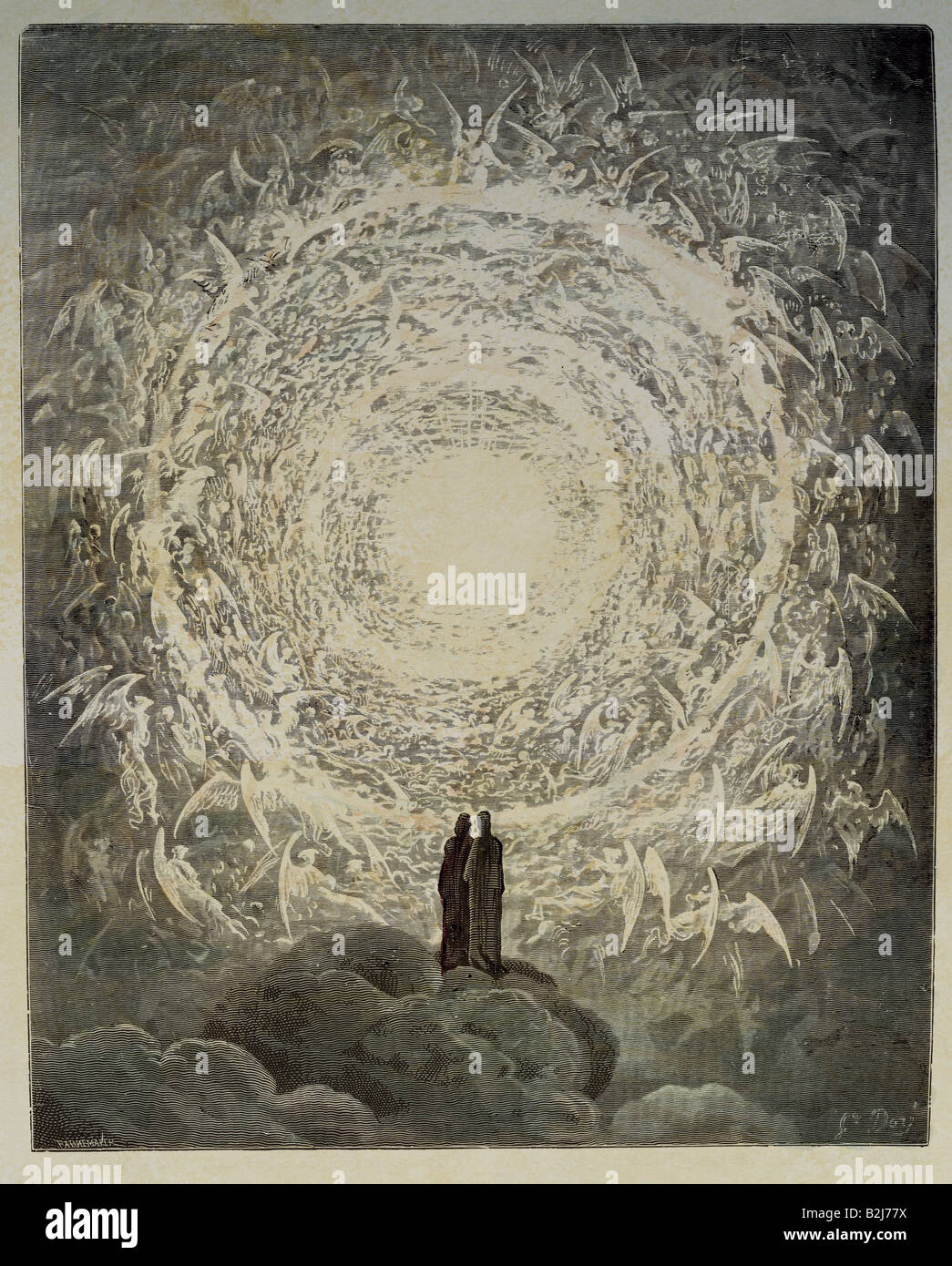

The works of Gustave Doré extended their reach and served as a key inspirational figure for many film directors and artists. 1532-1564), written by François Rabelais.Īlongside his increasing portfolio of success, Doré was also responsible for the production of illustrations for the new Bible and for a poem written by Pierre-Jean de Béranger that was based on an 1845 novel by Eugène Sue. In addition to collaborating with these incredible literary contributors, Doré’s work was also featured in the book series, Gargantua et Pantagruel (c. The artist also began receiving numerous commissions and requests for book scenes and eventually received a request to make an illustration for the esteemed English poet, Lord Byron in 1853.Īmong the many literary geniuses that Doré provided services to were Dante Alighieri, Miguel de Cervantes Saavedra, and John Milton. The skilled Gustave Doré relied heavily on wood-engraving and towards the mid-1800s, the artist produced multiple comics such as Les Travaux d’Hercule in 1847 and L’Histoire de la Sainte Russie in 1854. Gustave Doré by Nadar, between 18 Nadar, Public domain, via Wikimedia Commons

As the young Doré approached his teenage years, he started using stone carving as his preferred medium, and soon thereafter, the talented Doré scored a job as a caricature artist at Le journal pour rire, which was a French newspaper.Īt the time, one of Doré’s greatest influences was Jean Ignace Isidore Gerard, another popular caricature artist who published his illustrations under the name, J. As a child prodigy, Doré experimented with drawings, many of which were claimed to be beyond the scope of a five-year-old boy. Religious painting, landscapes, book illustration, caricature art, comics, genre scenes, mythologyĭrawing, sculpture, illustration, printmaking, wood-engravingīorn in the East of France in Strasbourg on January 6th of 1832, the young Gustave Doré was already receiving attention from his peers and family by the age of five.


4.3 Paradise (The Divine Comedy) (2007) by Dante, Gustave Doré, and Anthony Esolen.4.2 Dore’s Illustrations for “Paradise Lost” (1993) by Gustave Doré.4.1 The Doré Bible Illustrations (1974) by Gustave Doré and Millicent Rose.


 0 kommentar(er)
0 kommentar(er)
